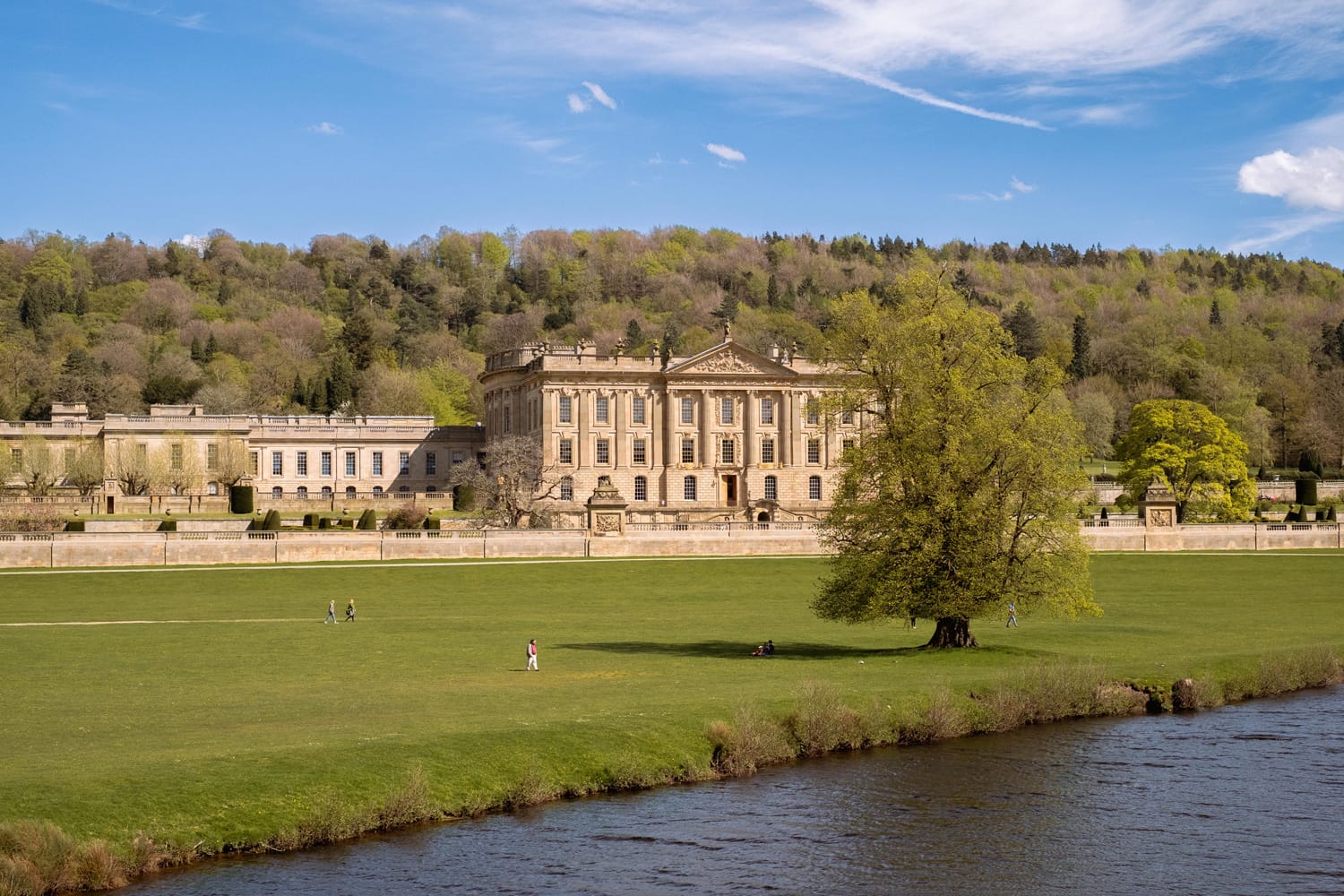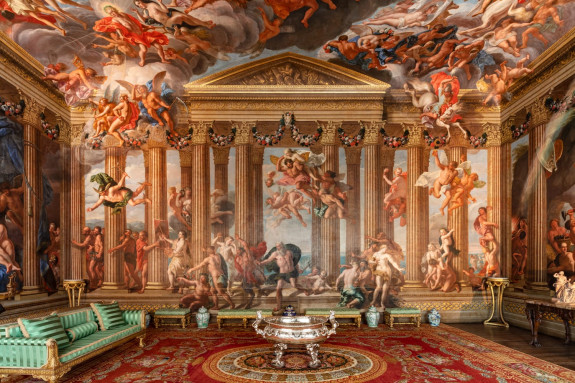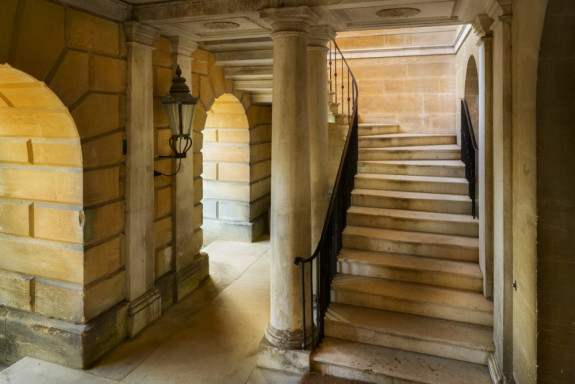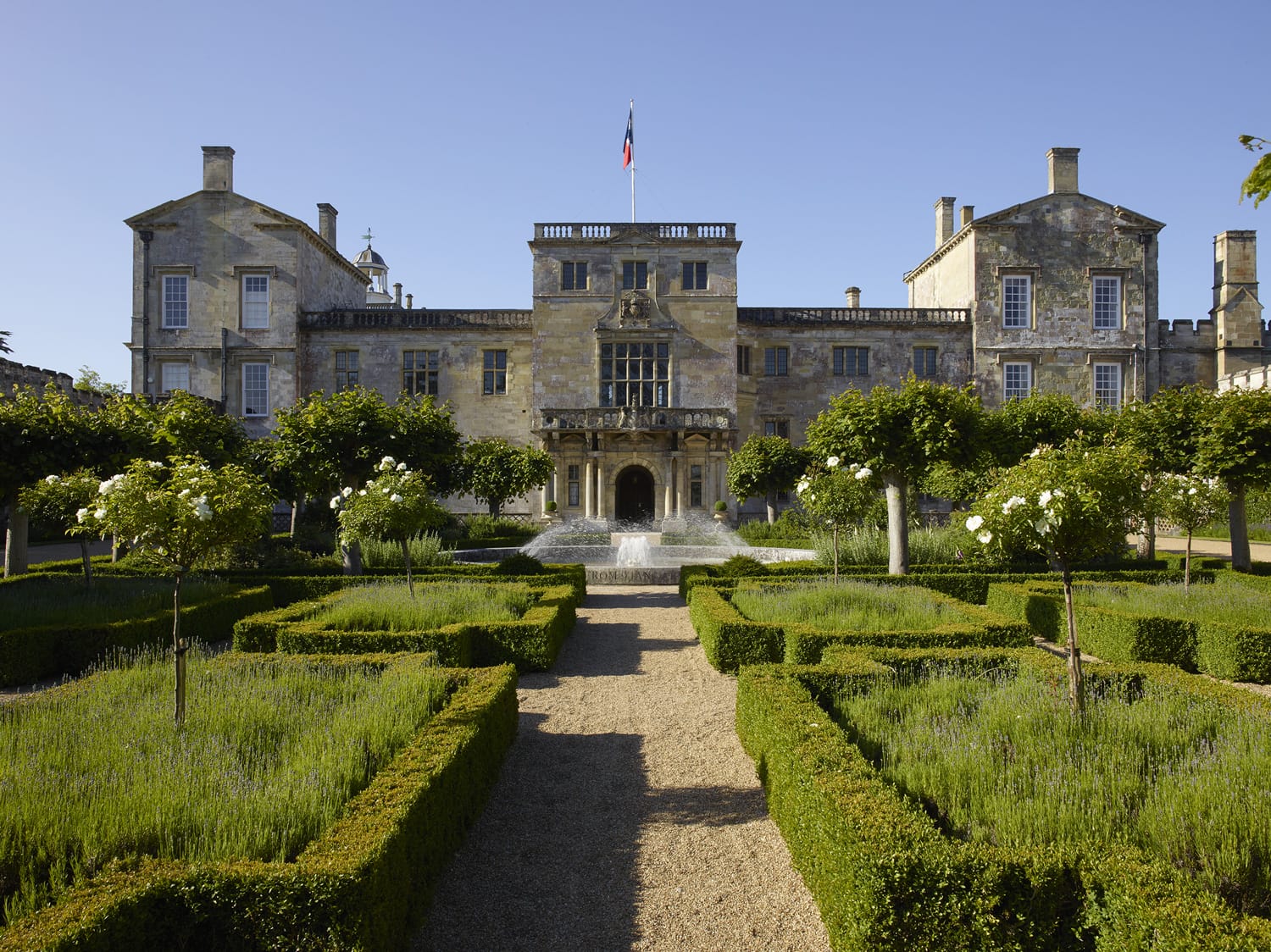Rediscover the Historic Homes and Estates Featured in Pride & Prejudice
The 2005 film adaptation of Jane Austen’s novel is back in theaters for a limited re-release to celebrate its 20th anniversary

Pride & Prejudice is currently celebrating its 20th anniversary with a limited re-release in movie theaters across the globe. Released in 2005 and directed by Joe Wright, the historical romantic drama movie is based on Jane Austen’s 1813 novel of the same name. It went on to receive critical acclaim and four Academy Award nominations. Starring Keira Knightley as Elizabeth “Lizzie” Bennet and Matthew Macfadyen as Mr. Darcy, the Focus Features film features a plethora of historic British estates, including Chatsworth House, Wilton House, and more.
Below, a look inside some of the historic homes that served as the perfect backdrop for the film.

1. Chatsworth House
Acting as the exterior of Mr. Darcy’s family home, Pemberley, is Chatsworth House, the largest private country house in all of England. In actuality, the historic estate is owned by the Duke of Duchess of Devonshire. In the Pride & Prejudice film, Elizabeth Bennett comes across a striking bust of Mr. Darcy in the Sculpture Gallery of this grand dwelling.


2. Burghley House
Burghley House acts as Rosings, the residence of Mr. Darcy’s aunt, Lady Catherine. To this day, the abode is owned by descendants of William Cecil, 1st Baron Burghley, for whom the home was built in the mid-1500s. Various major works of art can be seen throughout Burghley House, including Italian Old Master paintings, Oriental and European ceramics, paintings by Paolo Veronese and Johann Carl Loth, and frescoes by Antonio Verro.


3. Basildon Park
Netherfield Park, the home Mr. Bingley rents in the film, is portrayed by Basildon Park. Situated on 400 acres, the 18th-century Palladian-style mansion was built between 1776 and 1783. In the Pride & Prejudice film, the following parts of Basildon Park are displayed: the dining room, the Octagon Drawing Room, the west front, and the loggia.

4. Wilton House
The interior of Mr. Darcy’s aforementioned home, Pemberley, is brought to life thanks to Wilton House. Built in the 1500s, this dwelling’s Double Cube Room can be seen in the film, where it serves as the drawing room. Elizabeth Bennett meets Mr. Darcy’s sister, Georgina, in this room, which has been deemed one of the best surviving examples of 1600s Palladianism in England.